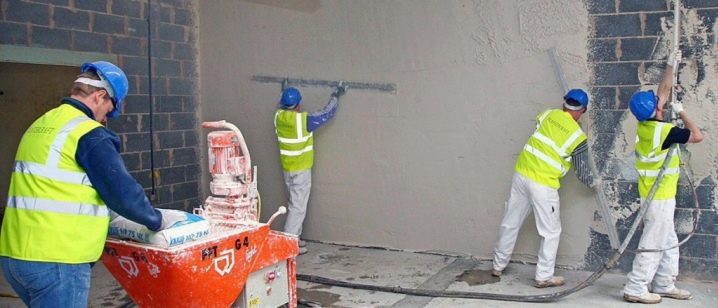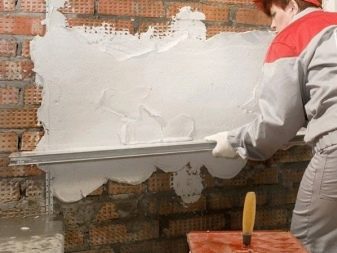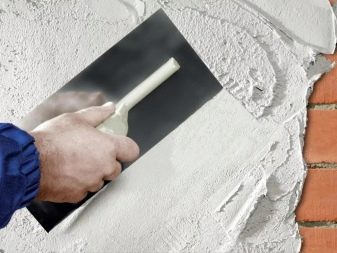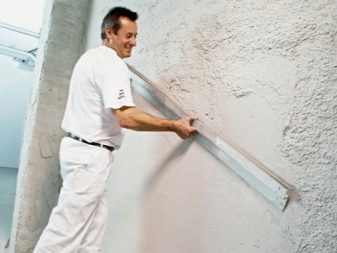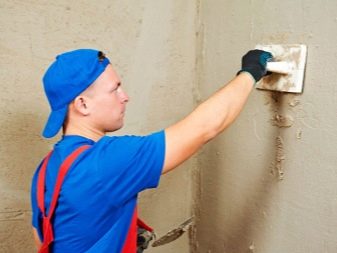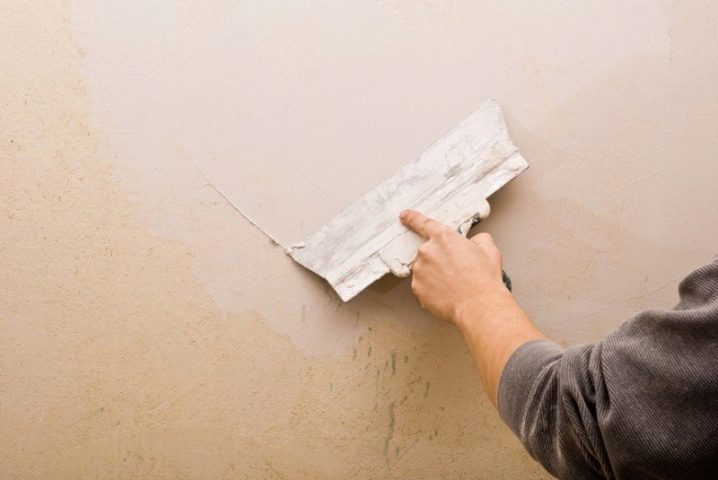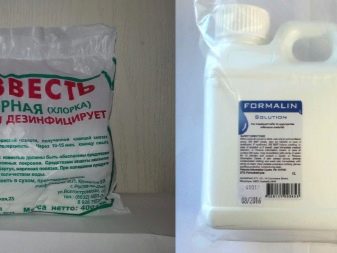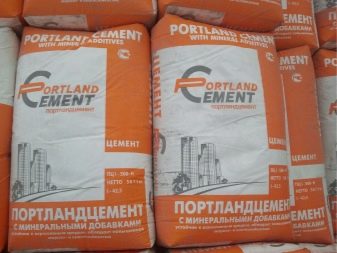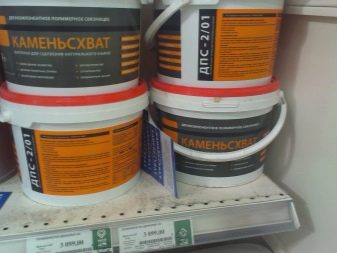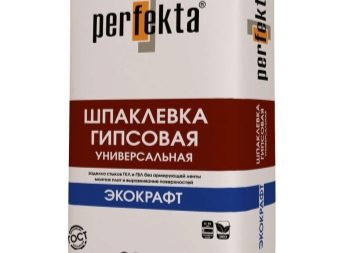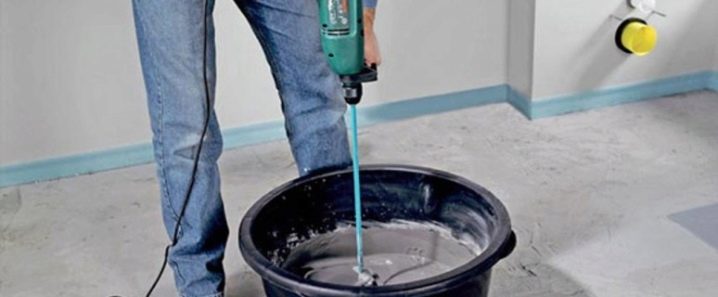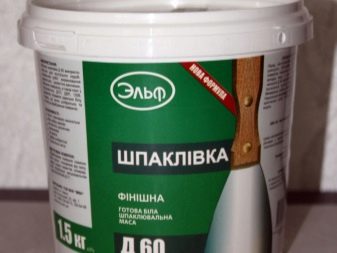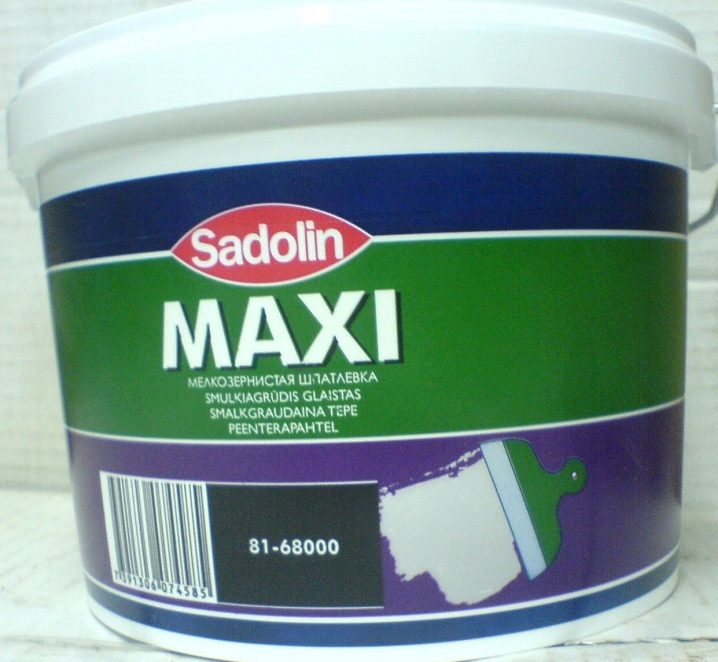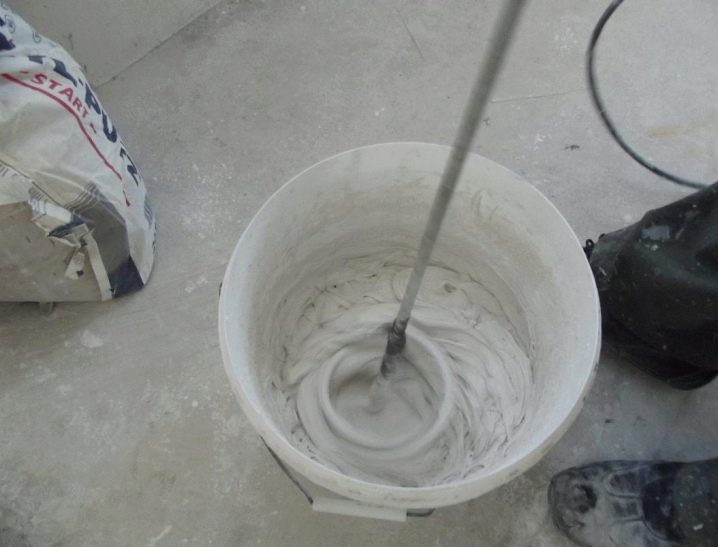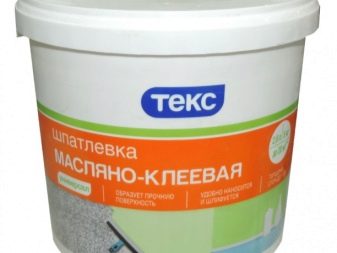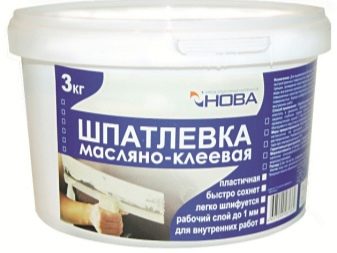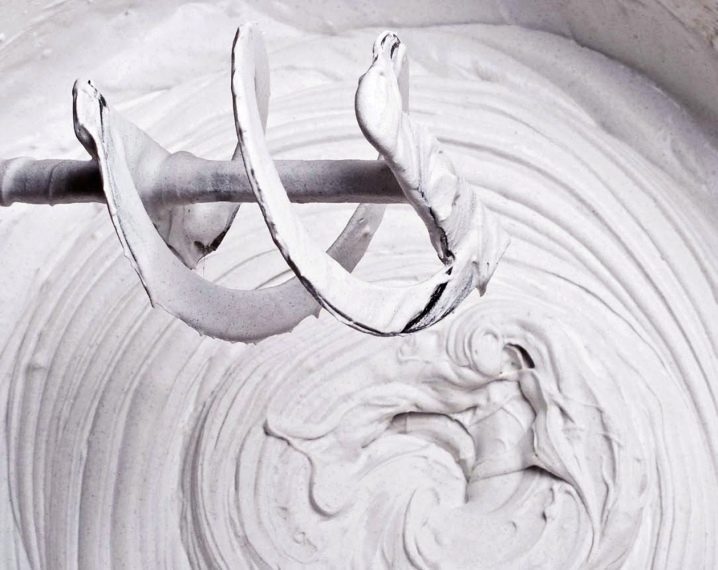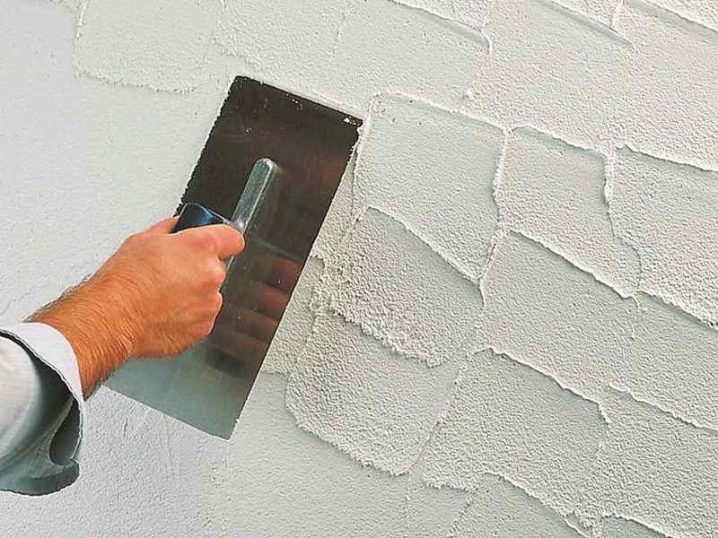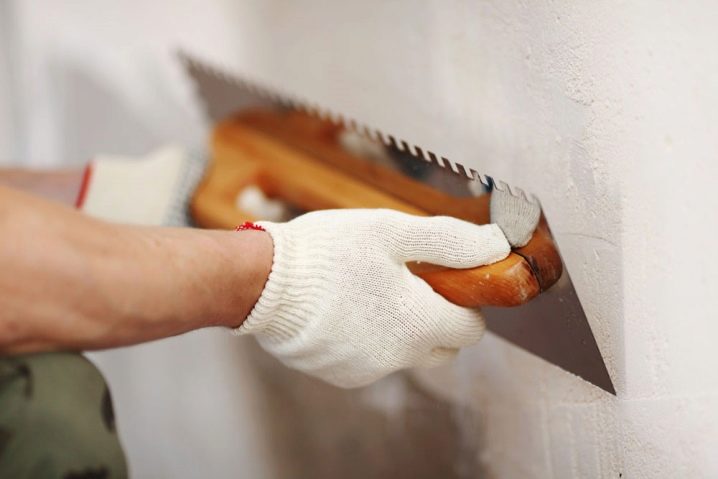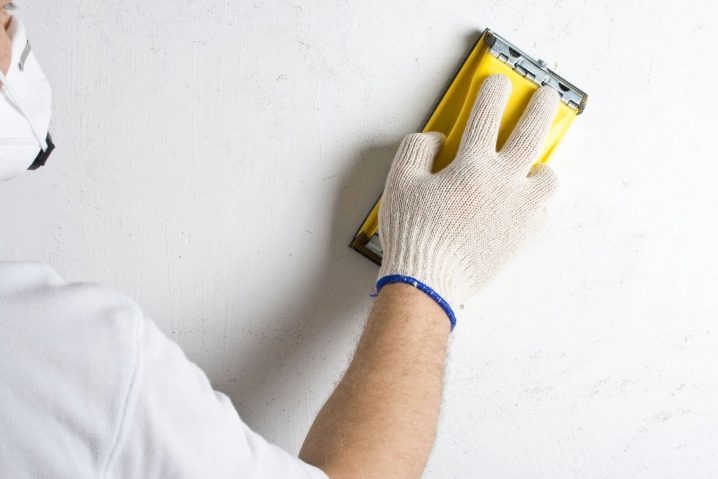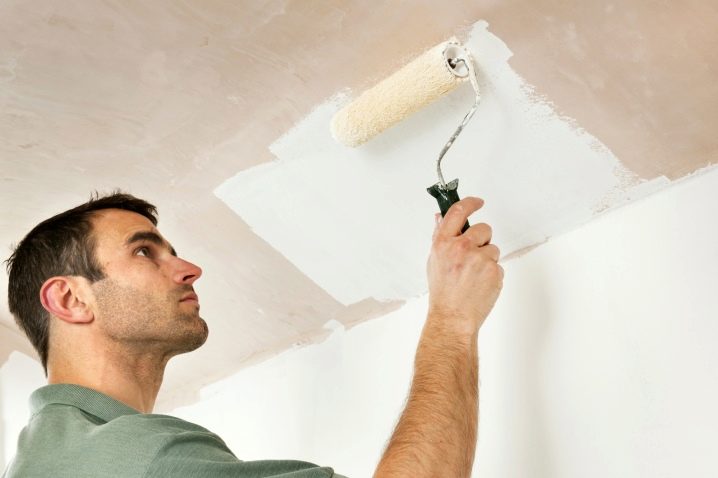Starting putty: features of choice
Today on the market there are a variety of starting putty. It is often quite difficult to choose the appropriate option not only for beginners, but also for specialists. In order not to be mistaken, you need to understand the types of such materials, the features of the choice and use of starting (it is also called basic) putty.
What it is?
Starting putty used to make a smooth different surfaces. Such materials are well suited for the following bases:
- stone;
- concrete;
- brick.
Such putty can also be used for arched openings, door, window slopes and so on.
They are suitable for plastered ceilings, walls. With the help of such materials align the foundations with gouges, chips, cracks - they allow you to eliminate a variety of defects.It should be noted that the starting putty is different from the finishing material: it is cheaper and has a more dense texture.
High-quality starting putty have the following characteristics:
- resistance to the occurrence of cracks (but for this it is necessary to take into account certain recommendations when preparing and applying the material);
- the ability to quickly become dry;
- environmental friendliness.
Manufacturers offer putty materials specifically designed for exterior or interior decorating. To better putty putty to the substrate, you can first apply a primer to the surface.
Many people who are going to use starting putty are interested in whether it is possible to immediately glue wallpaper on this material (without the use of additional coatings). Different situations are possible. If the wallpaper is thin, it is better to pre-apply the finishing solution on the surface.
If the coatings are sufficiently dense, they can be used immediately.
The consumption of putty largely depends on what type of processed basis. If you are going to buy putty material, you need to inspect the entire surface: this way you can take into account every nuance and correctly calculate the required amount of mortar.
Kinds
Manufacturers who create a starting putty are usually used for this:
- gypsum;
- polymeric binders;
- cement;
- lime.
The proportions depend on the various nuances, as well as on which manufacturer produced a specific filler material. Today, many companies specialize in the production of basic putty: Knauf, “Miners” and so on.
Choosing the right material, you can read consumer reviews, read the ratings. It is recommended to give preference to well-known manufacturers who have won a good reputation.
Materials that are particularly high in cement are highly resistant to liquids. For this reason, they are well suited for both interior and exterior decorating. They are used for surface treatment in rooms with high humidity. However, these materials have drawbacks: they are distinguished by a rich gray color, which is very difficult to hide with the help of thin wallpaper, and also sits down after a while.
Dry gypsum putties have a beautiful white color, they are more aesthetic. However, such materials should not be used in areas where humidity is high.
Spackling materials based on polymeric binders are very popular. This, for example, acrylic materials. Such fillers have the following advantages:
- they can be used for application to a wide variety of surfaces;
- they do not shrink over time;
- easy to apply;
- they are characterized by increased elasticity.
How to choose?
If you are aimed at obtaining coatings that will last as long as possible and, over time, will not cease to be aesthetic, use materials from the same manufacturer (and belonging to the same series) in the same room. If you are going to purchase putty, first find out the expiration date, read the instructions.
Do not use putty solutions for interior finishing work, which are intended for the treatment of external surfaces. Otherwise, cracks may appear on the surface, after which you will have to repair again.
If you are a beginner, but want to cope with everything yourself, stop the selection on Maxi materials. Putty with such a mark long enough to freeze, so you will have the opportunity to carry out finishing work without undue haste.
Preparation of the solution
If you do not have confidence in the filler materials that are sold in stores, or you just do not want to spend money, try to create a mixture with your own hands. So you will not doubt the composition of the material, its quality will also depend only on you. Some consider this option the most reliable, but it should be borne in mind that the consumption of putty, created by yourself, is more significant.
The following types of homemade putty can be distinguished.
Oily
They are suitable for wooden surfaces that need to be made as resistant as possible to the effects of high and low temperatures (facade walls, window frames and other similar foundations).
To create such a material with your own hands, you will need to mix chalk (2 kg) and linseed oil (1 kg). Then add a desiccant to the mix that you made (100 g will be enough). Boil the solution on the fire, let it cool. When using this mixture should be warm.
Chalk and gypsum materials
They can be used in rooms that are not distinguished by high humidity. With the help of such putty, you can make a more even wall of concrete, drywall.
To make such a mixture, you need to mix gypsum (one part) and chalk (three parts) in a dry container. Take the dishes, which should contain a 5% glue solution (carpentry / animal), pour the mixture there. At the same time it will need to gradually stir.
Then mix everything to get a homogeneous mass. This homemade putty material will need to be applied to the surface immediately, as it hardens very quickly.
Using
Starting putty materials should be used, taking into account certain recommendations. In the instructions that come with the putty, manufacturers describe how to properly apply the materials. Usually there are differences only at the initial stages (when the mixture is prepared).
Polymeric materials are ready for use from the very beginning, such a putty will need only be mixed. Many consumers say that it is very convenient.
Mixtures based on gypsum or cement diluted with liquid. We should not forget that after dilution the material hardens quickly enough. You will need to use it immediately after preparation.
Before using the putty material should carefully prepare the surface. It will be necessary to put a primer on the base in advance, let it dry.
If the base is relatively flat, putty should be applied as follows:
- Using a spatula, collect the material (the portion should be large enough). With wide, sweeping strokes, start applying the mixture to the surface. This should be done as quickly and confidently as possible.
- Press the spatula against the wall tightly enough. The angle of inclination of the tool to the base during operation should not change.
- In case of sagging, remove them or spread them using an empty trowel.
In cases where the irregularities are strong, you need to apply putty to the surface and wait for it to solidify. Then it will be possible to start alignment.
It is necessary to carry out polishing, using sandpaper. Eliminate tool marks, sags, other defects: the surface should be smooth and level. Experts align it quickly and easily, and beginner masters will need perseverance and patience.
Before the implementation of finishing work should not only understand the range of putty materials, but also learn how to prepare the surface, apply the mixture. If you do it right, you can safely begin the final finish.
You will learn about the features of the starting putty and its use in the following video.
